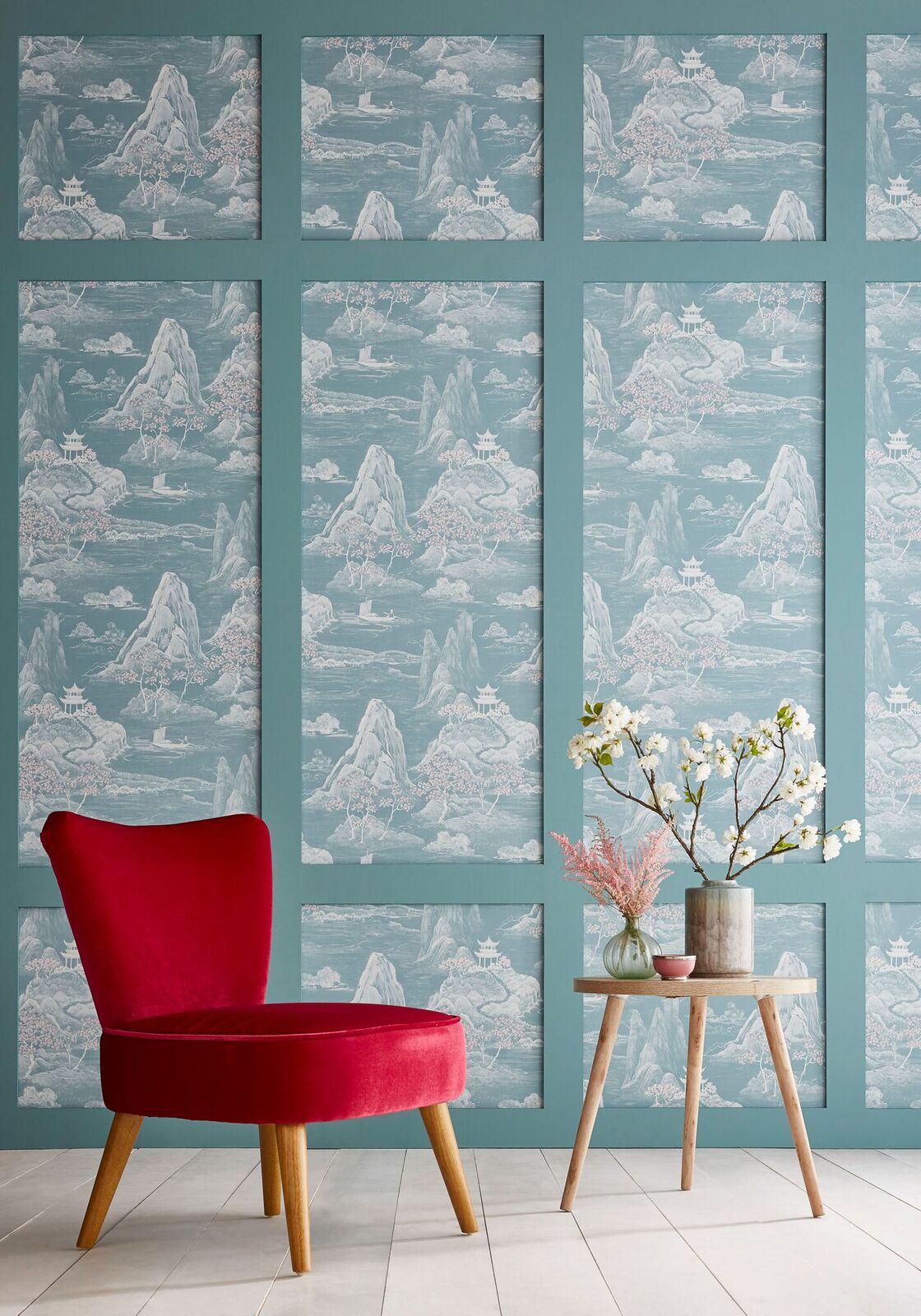By Frank Harmon
To reach one of the most remarkable historic homes in America, you first must pass through a pleasant and thoroughly familiar suburb of ranch houses in the rolling hills of southwestern Virginia. There, among the barbeque grills, carports, and basketball goals stands the second home of our third president, Thomas Jefferson. He built it 200 years ago in Bedford County and named it Poplar Forest for its grove of shade trees.
I visited Poplar Forest recently on a scorching hot June day, accompanied by 40 architecture buffs from North Carolina. His elegant, one-story brick house is small, at about 2,000 square feet – smaller than some of the ranch houses we’d passed getting there. We climbed out of our air conditioned bus and stood on the grass downhill from Jefferson’s home, where the sun shot past poplar trees to bake the lawn while gnats buzzed around us expectantly.
How, I wondered, could Jefferson and his family have endured this wilting heat?
Jefferson, a passionate architect as well as statesman, built Poplar Forest as a rural hideaway in the foothills of the Shenandoah Mountains. He was the first president to turn the White House into an open house for public touring. Monticello, his home near Charlottesville, Virginia, was also an embassy to the world, with a constant flow of dignitaries demanding his time and attention. But this gifted man was essentially shy, and abhorred public life. Here at Poplar Forest he could enjoy, as he wrote, “the solitude of a hermit.”
Jefferson’s belief in architecture was ideological: Just as the laws and principles of America were based on Greek and Roman precedent, so should its new buildings reflect ancient Greek and Roman principles of order. If architecture could express ideas, he felt, then courthouses, town halls, churches, granaries, and especially houses could instill democratic values in the hearts of his countrymen. Jefferson believed that every gentleman should have a working knowledge of architecture.
In his student days, he read law at the College of William and Mary and observed the architecture around the college in Williamsburg. There were no schools of architecture then, but he discovered Palladio’s Four Books of Architecture, which became his bible. Palladio, the cutting-edge architect of his time, designed classical villas for the Venetian gentry. Palladio’s villas were actually working farmhouses, carefully adapted to the climate and countryside of the Veneto. While he served as minister to France, Jefferson learned of the work of the radical French architect Claude Nicolas Ledoux, whose light-filled rooms were often illuminated by skylights. He would remember both architects when he designed Poplar Forest.
Poplar Forest is relatively small compared to Monticello. Jefferson imagined his country estate as a progressive model for the small, independent American farmer, whom he saw as the natural guardian of the new republic. In plan, Poplar Forest is an octagon with eight equal sides — think of a stop sign laid on the ground — with porticos on the north and south fronts. The central and most important room in the house is the dining room, a cube shaped space 20 by 20 feet by 20 feet high, with a dramatic skylight crossing the ceiling from east to west, following the path of the sun. Surrounding the square dining room are four smaller, elongated rooms for sleeping, study, and conversation, embracing the dining room like the arms of his family. Here at the center of his house, on the center of his estate, under the arc of the sun and moon, Jefferson could retire to “the bosom of my family, my farm and books, which I have always loved.”
Tomorrow: How Mr. Jefferson tamed the heat at Poplar Forest.
[slideshow id=420]
For more on Poplar Forest, go to http://www.poplarforest.org/
For more on Frank Harmon, go to http://www.frankharmon.com/

